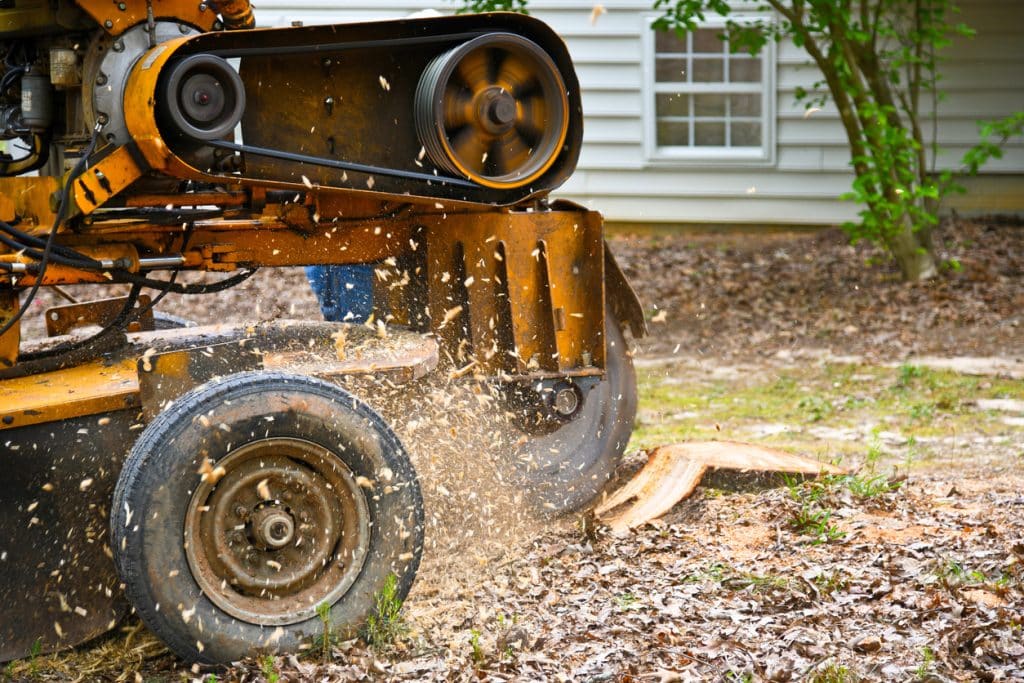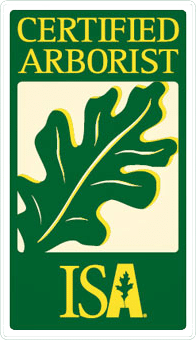When faced with hazardous tree situations, prompt and safe removal is crucial for the safety of your property and loved ones. This article will explore the importance of emergency tree removal and provide valuable tips for handling such situations with utmost care.
The Importance of Emergency Tree Removal
Trees can become a significant risk during severe weather conditions or when they suffer from disease, decay, or structural instability. Dead or damaged trees pose a threat of falling branches or complete tree collapse, endangering nearby structures, power lines, and people. In emergencies, swift tree removal is essential to mitigate potential damage and ensure the safety of your surroundings.
Identifying Hazardous Tree Situations
Identifying signs of hazardous trees is crucial to address the situation promptly. Look out for the following warning signs:
- Leaning tree: A tree leaning at an unusual angle may indicate root damage or structural instability.
- Dead branches: Large branches or significant canopy dieback are signs of tree decline and potential hazards.
- Cracks or splits: Visible cracks or splits in the trunk or major branches may indicate structural weakness.
- Fungal growth: The presence of mushrooms or other fungi at the base of a tree can signal decay and instability.
- Hollow or decayed trunk: A tree with a hollow or extensively decayed trunk is more prone to collapse.
Ensuring Safety During Emergency Tree Removal
Safety should be the top priority when dealing with emergency tree removal. It is imperative to take necessary precautions to minimize risks and prevent accidents. Here are some essential steps to ensure a safe emergency tree removal process:
- Assess the situation: Before initiating removal work, carefully assess the tree and its surroundings. Identify potential hazards such as nearby structures, power lines, or obstacles that impede removal. This evaluation will help determine the best approach for safe tree removal.
- Use proper safety equipment: Wear appropriate personal protective equipment (PPE) such as helmets, gloves, safety glasses, and sturdy footwear. PPE will provide essential protection against falling debris, sharp branches, or any other potential hazards during removal.
- Maintain a safe distance: Establish a safe distance between the tree removal area and any bystanders. Restrict access to the work zone to prevent accidents and injuries. Communicate clearly with everyone involved to ensure everyone understands and follows safety protocols.
- Rope and rigging techniques: Implement proper rope and rigging techniques to control the direction of tree fall and minimize damage to surrounding structures. Skilled arborists utilize specific knots, pulleys, and ropes to ensure safe tree removal and prevent any unpredictable movements.
Emergency tree removal is crucial to address hazardous situations promptly and protect your property and loved ones from potential harm. Contact Roots Up Tree Company in Boulder, CO today for prompt and expert emergency tree removal services.







